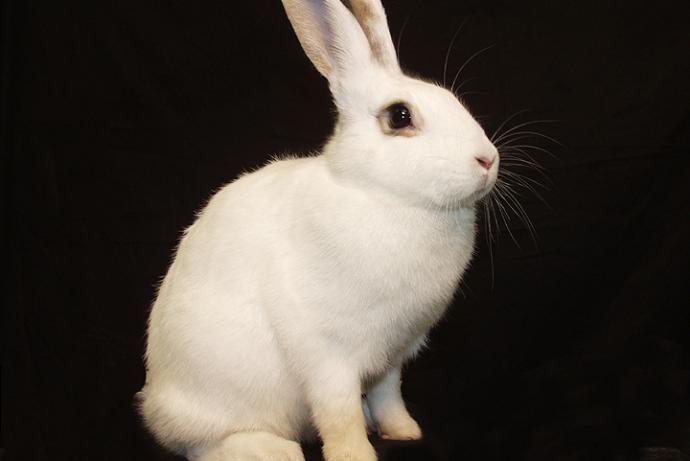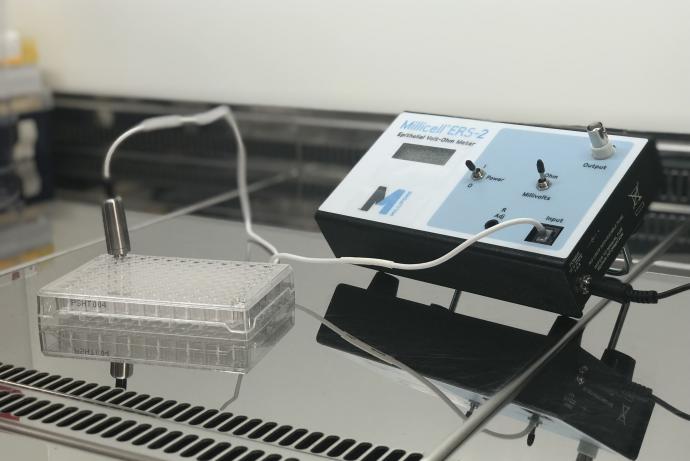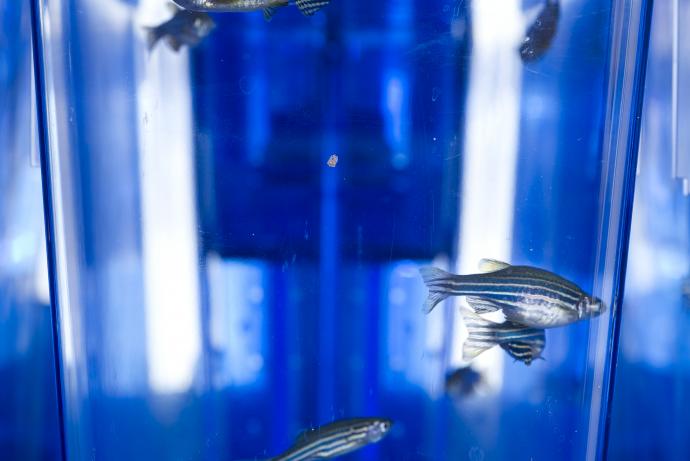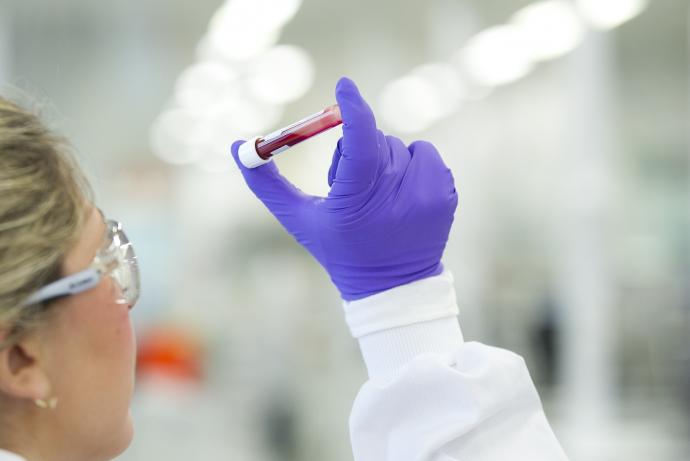RETINAS
The aim of this Challenge was to develop a device to refine intravitreal injection in rabbits to eliminate variations in injection techniques and associated welfare problems.
To solve the Challenge, Origin Product Design developed the RETINAs device to refine intravitreal injection by minimising the risk of injury to the eye.
Challenge Complete
The team led by Mr Allen Pearson in collaboration with the Sponsors have developed a prototype rabbit intravitreal injection device that has the potential to deliver increased accuracy and reduce the experimental burden on the rabbits used. Further validation studies are being performed at the Sponsor laboratories.
NC3Rs blog post
Blog focusing on improving the 3Rs in ocular research.
Challenge awarded
A team led by Mr Allen Pearson from Origin Product Design Ltd has been awarded £50,000 to deliver the project: Origin retinas syringe insertion device.
Challenge launched
Sponsored by GSK, the RETINAS Challenge aims to design a device to refine intravitreal injection in rabbits, produce and evaluate prototypes (ex vivo and in vivo) and select final design and manufacture device for commercial use.
Background
Treatment of degenerative disease of the eye such as age related macular degeneration is becoming more common. Many of these treatments require injection of the medicine directly into the eye. As a result of this intravitreal (IVT) injection is now a commonly used technique in preclinical research for drug administration. There were more than 60 papers published in 2011 which used this technique and many more unpublished experiments in contract research organisations and pharmaceutical companies. The use of this technique is likely to increase further with the success of new treatments using this method of administration in the clinic (e.g. Lucentis, Avastin and VEGF Trap-Eye).
Rabbits are often the species of choice for preclinical ocular studies due to the size and anatomy of their eyes which have a broad similarity to human eyes and the widespread use of rabbits as a species for toxicology studies. The pars plana (between the ciliary body and the start of the retina/choroid) is the optimal site for IVT injection. However, in the rabbit the pars plana is only approximately 1mm in length and there are no obvious external features that can be reliably used to locate the correct area for injection. The very short pars plana and large lens in rabbits makes the angle of needle insertion of critical importance in this species.
The use of current techniques may lead to variation in dose delivery and adverse effects, ranging from mild inflammation to minor damage to the structure of the eye, particularly the lens and retina. While damage to the lens can be clinically diagnosed, retinal tears can only be picked up using techniques such as scanning laser opthalmoscopy with optical coherence tomography.
A device to standardise IVT injection would eliminate variations in injection techniques and associated welfare problems. Such devices are available for clinical use however, as rabbit eyes are around a third of the size of the average human eye, these are not directly applicable to this Challenge.
3Rs benefits
An IVT injection procedure for rabbits which minimises the risk of adverse effects associated with the angle and depth of needle insertion will improve data quality and animal welfare. A significantly large proportion of the rabbit eye is taken up by the lens which complicates IVT injection. For instance, the lens may be nicked by the needle during the procedure which can lead to a significant inflammatory response.
Challenge winner
Project team led by:
- Allen Pearson, Origin Product Design Limited, £50,000.
Full Challenge information
Rabbits used in the preclinical development of drugs targeting the ocular system receive intravitreal injections to study compound safety and efficacy. The site of these injections is the pars plana (between the ciliary body and the start of the retina/choroid) which is approximately 1mm in length and the lack of any obvious external features that can be reliably used to locate the correct area for injection, can have a negative impact on animal welfare and the accuracy and validity of these injections.
The winners of the Challenge, Origin Product Design, in close collaboration with Challenge Sponsors GSK, have developed a new device that refines intravitreal injections in rabbits based on detailed study of the anatomy of the rabbit eye and the techniques used by scientists when administering the injections. The RETINAs device acts as a speculum for the eye, providing a fixed angle for the needle and a fixed depth of injection. The device has the potential to reduce the number of animals used and refine the experiments by minimising the risk of injury to the eye.
Read the blog from Allen Pearson, Origin Product Design.




